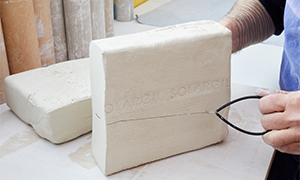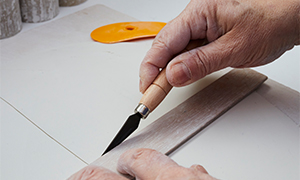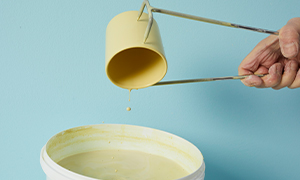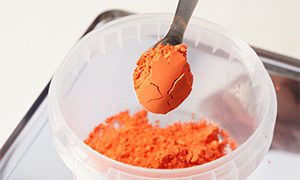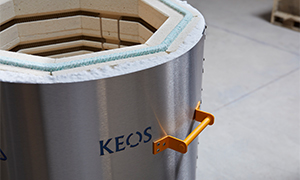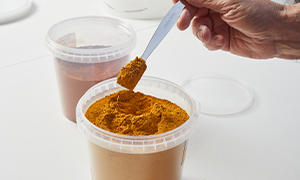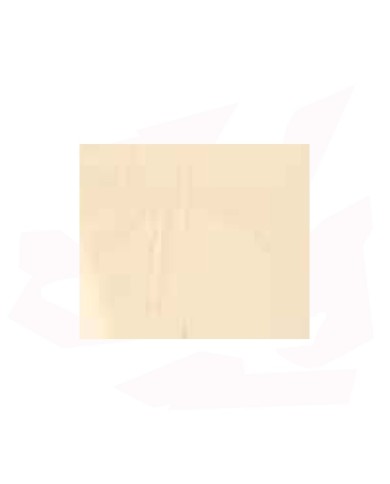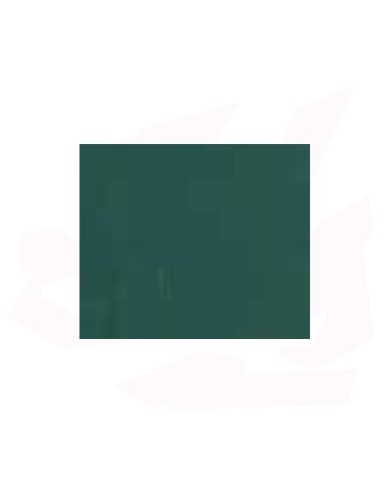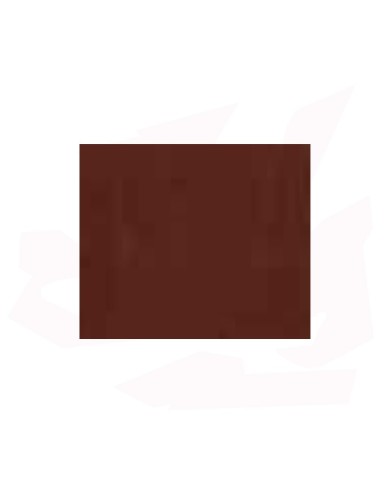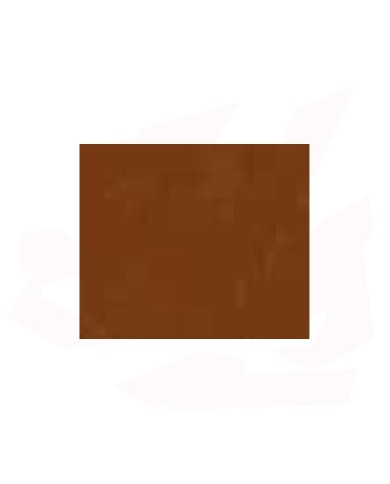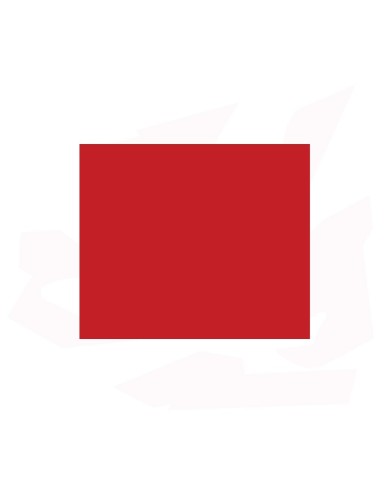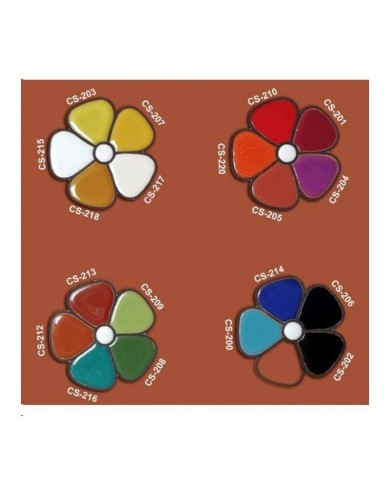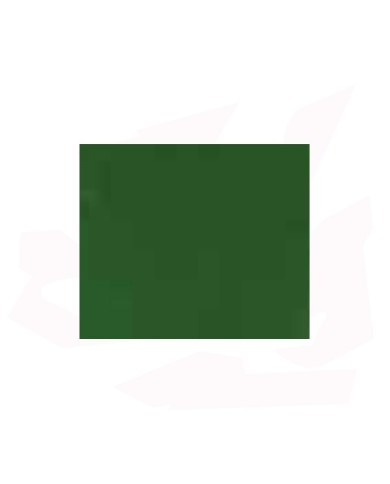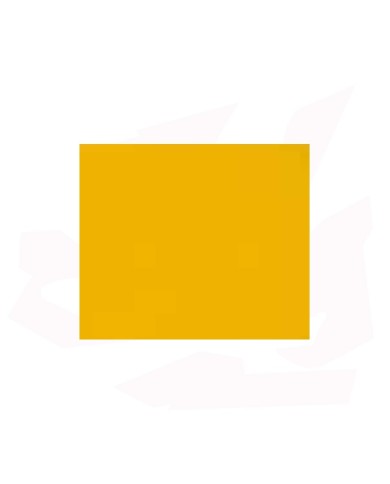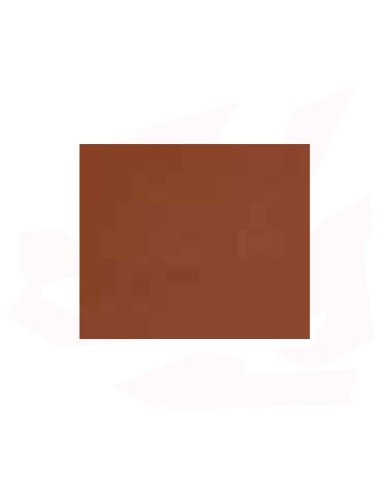Marble - CS 217
This collection of colors necessary for the "Cuerda Seca" technique includes all the colors to develop a complete palette.
Colors can mix well, except Red CS-210 and Orange CS-211, which must be pure.
To obtain "Pastel" colors, it is necessary to add an opaque white enamel which decreases the intensity of the color and makes it softer.
English green - CS 216
This collection of colors necessary for the "Cuerda Seca" technique includes all the colors to develop a complete palette.
Colors can mix well, except Red CS-210 and Orange CS-211, which must be pure.
To obtain "Pastel" colors, it is necessary to add an opaque white enamel which decreases the intensity of the color and makes it softer.
White - CS 215
This collection of colors necessary for the "Cuerda Seca" technique includes all the colors to develop a complete palette.
Colors can mix well, except Red CS-210 and Orange CS-211, which must be pure.
To obtain "Pastel" colors, it is necessary to add an opaque white enamel which decreases the intensity of the color and makes it softer.
Cobalt blue - CS 214
This collection of colors necessary for the "Cuerda Seca" technique includes all the colors to develop a complete palette.
Colors can mix well, except Red CS-210 and Orange CS-211, which must be pure.
To obtain "Pastel" colors, it is necessary to add an opaque white enamel which decreases the intensity of the color and makes it softer.
Dark brown - CS 213
This collection of colors necessary for the "Cuerda Seca" technique includes all the colors to develop a complete palette.
Colors can mix well, except Red CS-210 and Orange CS-211, which must be pure.
To obtain "Pastel" colors, it is necessary to add an opaque white enamel which decreases the intensity of the color and makes it softer.
Light brown - CS 212
This collection of colors necessary for the "Cuerda Seca" technique includes all the colors to develop a complete palette.
Colors can mix well, except Red CS-210 and Orange CS-211, which must be pure.
To obtain "Pastel" colors, it is necessary to add an opaque white enamel which decreases the intensity of the color and makes it softer.
Red - CS 210
This collection of colors necessary for the "Cuerda Seca" technique includes all the colors to develop a complete palette.
Colors can mix well, except Red CS-210 and Orange CS-211, which must be pure.
To obtain "Pastel" colors, it is necessary to add an opaque white enamel which decreases the intensity of the color and makes it softer.
Victoria green - CS 209
This collection of colors necessary for the "Cuerda Seca" technique includes all the colors to develop a complete palette.
Colors can mix well, except Red CS-210 and Orange CS-211, which must be pure.
To obtain "Pastel" colors, it is necessary to add an opaque white enamel which decreases the intensity of the color and makes it softer.
Green - CS 208
This collection of colors necessary for the "Cuerda Seca" technique includes all the colors to develop a complete palette.
Colors can mix well, except Red CS-210 and Orange CS-211, which must be pure.
To obtain "Pastel" colors, it is necessary to add an opaque white enamel which decreases the intensity of the color and makes it softer.
Yellow - CS 207
This collection of colors necessary for the "Cuerda Seca" technique includes all the colors to develop a complete palette.
Colors can mix well, except Red CS-210 and Orange CS-211, which must be pure.
To obtain "Pastel" colors, it is necessary to add an opaque white enamel which decreases the intensity of the color and makes it softer.
Blue - CS 206
This collection of colors necessary for the "Cuerda Seca" technique includes all the colors to develop a complete palette.
Colors can mix well, except Red CS-210 and Orange CS-211, which must be pure.
To obtain "Pastel" colors, it is necessary to add an opaque white enamel which decreases the intensity of the color and makes it softer.
Light brown - CS 205
This collection of colors necessary for the "Cuerda Seca" technique includes all the colors to develop a complete palette.
Colors can mix well, except Red CS-210 and Orange CS-211, which must be pure.
To obtain "Pastel" colors, it is necessary to add an opaque white enamel which decreases the intensity of the color and makes it softer.

